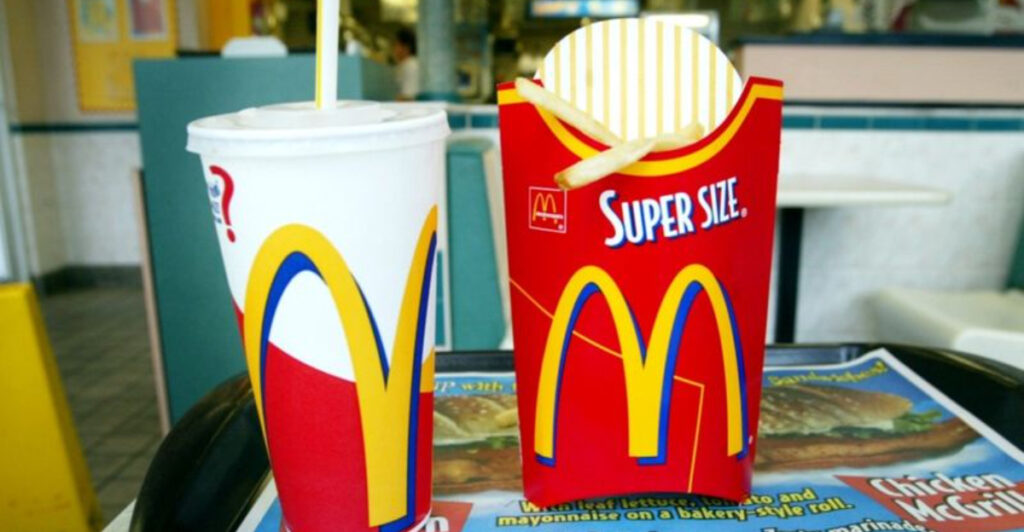In the fast-paced world of fast food, menu items can come and go with the changing tides of public opinion. Some items, however, are pulled not just due to lack of popularity, but because of public outrage. Whether it’s due to health concerns, controversial ingredients, or marketing mishaps, fast-food chains have had their fair share of blunders. Here are 16 notable fast-food items that were removed from menus after causing a stir among consumers.
1. McDonald’s Triple Cheeseburger (UK)
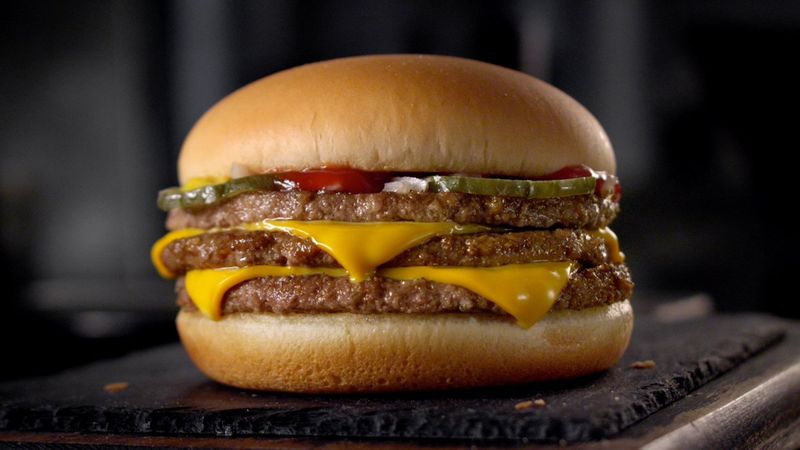
Fans of McDonald’s in the UK were left disappointed in 2025 when the Triple Cheeseburger was removed from the menu. The quiet removal in June sparked a social media frenzy. Loyal customers expressed their frustration as the beloved item was set aside to make way for new menu innovations. The Triple Cheeseburger, known for its indulgent layers of beef and cheese, had a dedicated following. Its absence was felt deeply by those who craved its hearty flavor. The decision was met with outrage, reflecting the strong bond consumers had with the burger.
2. Panera Charged Lemonades
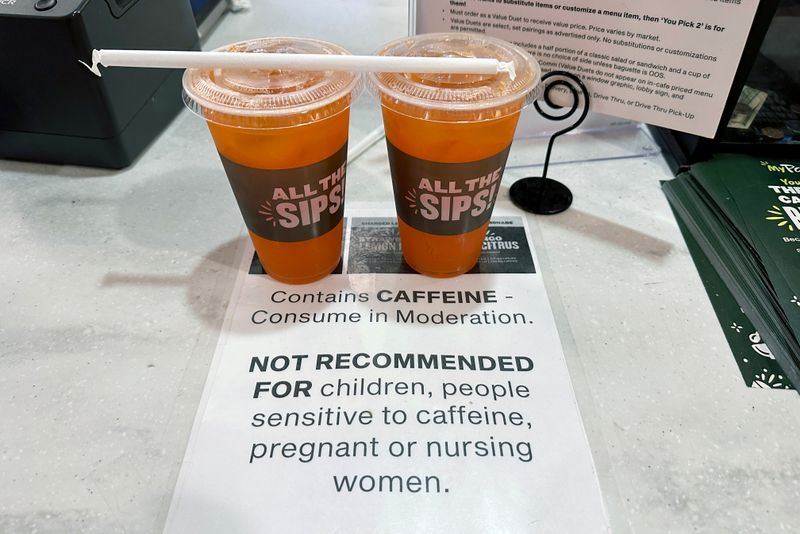
Panera’s Charged Lemonades, launched in 2022, faced backlash due to their high caffeine content. Customers reported severe health issues, including heart palpitations, prompting lawsuits and public outcry. The drinks, initially marketed as a refreshing pick-me-up, soon became a source of controversy. Reports of adverse effects, including alleged deaths, led Panera to discontinue the product. The Charged Lemonades highlighted the importance of transparency in food and beverage marketing. Their removal underscored the need for responsible innovation in the fast-food industry, focusing on consumer safety above all else.
3. McDonald’s Quarter Pounder (US)
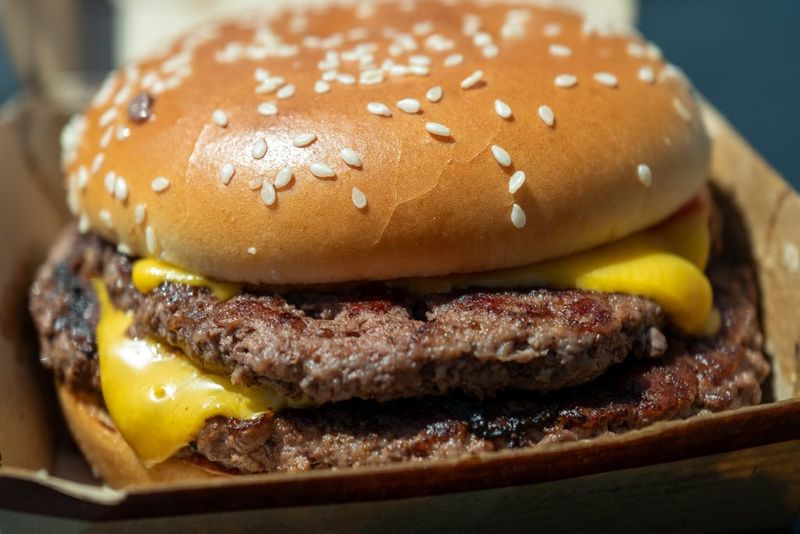
The iconic Quarter Pounder faced a crisis in late 2024 when it was removed from menus in states like Colorado, Utah, and Wyoming. An E. coli outbreak linked to onions in the burger’s preparation led to illnesses and even a tragic death. This incident prompted McDonald’s to take swift action to safeguard customer health. The removal was a precautionary measure amidst growing public alarm. While the Quarter Pounder is a staple of the chain, the health scare underscored the importance of food safety. Consumers were reminded of the delicate balance between taste and safety.
4. McDonald’s Szechuan Sauce
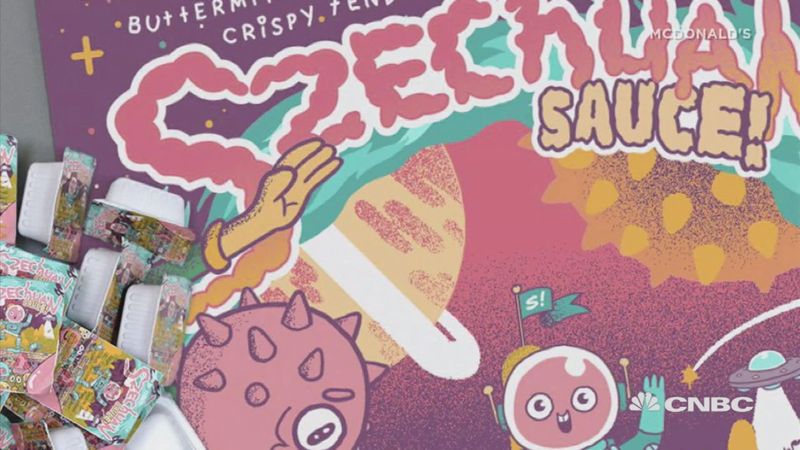
McDonald’s Szechuan Sauce, initially introduced in 1998 for the movie ‘Mulan,’ enjoyed a brief resurgence after being featured on ‘Rick and Morty.’ The nostalgic sauce inspired a cult following, leading to a chaotic re-release. Fans clamored for its return, but logistical challenges led to disappointing shortages. McDonald’s struggled to meet the overwhelming demand, resulting in public dissatisfaction. The frenzy surrounding the sauce demonstrated the power of nostalgia and pop culture in shaping consumer desires. Despite its brief availability, the Szechuan Sauce’s story remains a memorable chapter in fast-food history.
5. McDonald’s Chicken McNuggets (pink slime)
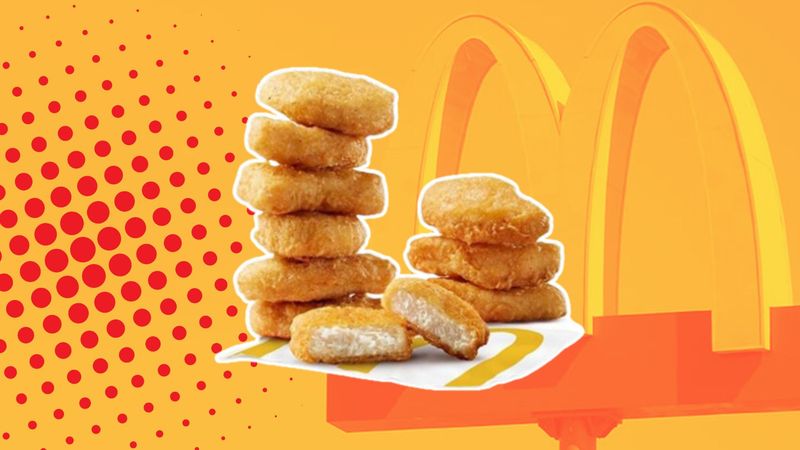
Rumors of “pink slime” in McDonald’s Chicken McNuggets caused uproar, despite the company’s denials. The term referred to a meat processing practice that sparked fear among health-conscious consumers. Public trust was shaken as images spread online, leading to increased scrutiny. Although McDonald’s reassured customers of their product’s quality, the damage had been done. The controversy led to changes in production methods and a renewed focus on transparency. While the nuggets remained popular, the incident highlighted the fragile nature of consumer trust in fast-food offerings, demanding greater accountability from brands.
6. Taco Bell Cool Ranch Doritos Locos Taco
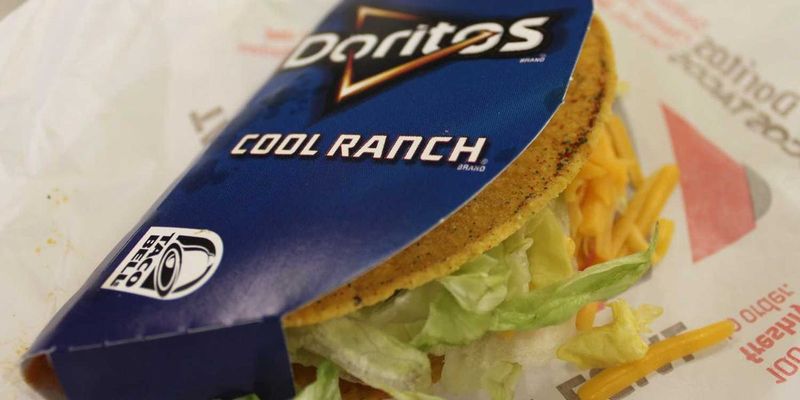
Taco Bell’s Cool Ranch Doritos Locos Taco was meant to be a flavor innovation. However, customer frustration erupted when many stores didn’t participate in an early-release promotion. The disconnect between marketing and availability led to widespread complaints. Fans of the Doritos Locos line felt let down as they struggled to find the much-anticipated taco. Despite its potential, the Cool Ranch variant couldn’t overcome the logistical hurdles. The item was quietly phased out, serving as a reminder of the importance of aligning promotional strategies with product availability to satisfy eager consumers.
7. Taco Bell Naked Chicken Chalupa
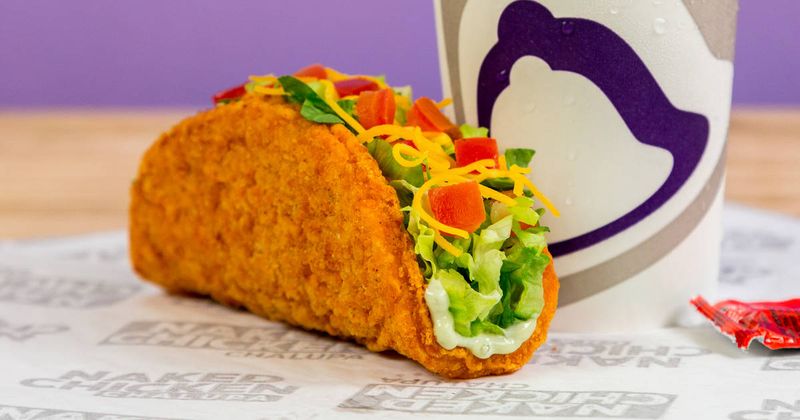
The Naked Chicken Chalupa from Taco Bell introduced an unconventional twist with its chicken shell. Despite the initial excitement, the item received mixed reviews for its bold approach. Critics questioned the practicality and taste, leading to its quiet discontinuation after a limited release. The chalupa’s unique concept struggled to find a lasting audience. While it attracted curiosity, the execution fell short of expectations. This experiment in fast-food innovation became a fleeting chapter in Taco Bell’s menu history, showcasing the risks and rewards of pushing culinary boundaries in a competitive market.
8. Taco Bell Waffle Taco
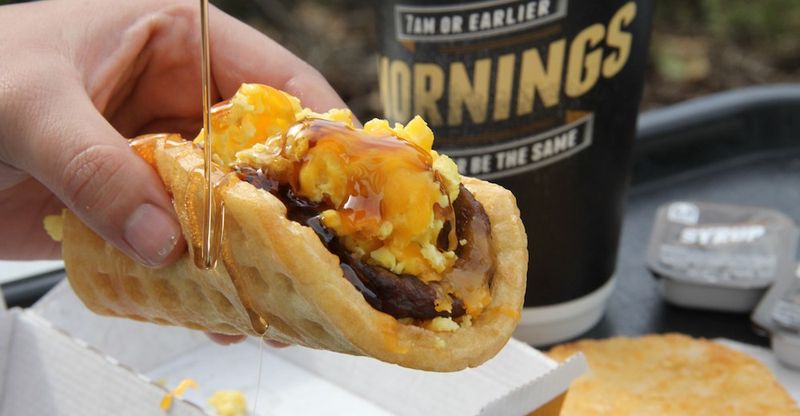
The Waffle Taco, part of Taco Bell’s breakfast menu, enjoyed initial success in test markets. However, upon broader rollout, it faced confusion and underperformance. Customers found the concept intriguing but struggled to embrace it fully. The novelty of a waffle as a taco shell couldn’t translate into sustained popularity. Despite its potential to revolutionize fast-food breakfast, the Waffle Taco’s journey was short-lived. Taco Bell’s experiment highlighted the challenges of introducing unconventional breakfast items, reminding brands that creativity must be balanced with practicality in catering to diverse consumer preferences.
9. McDonald’s Hula Burger
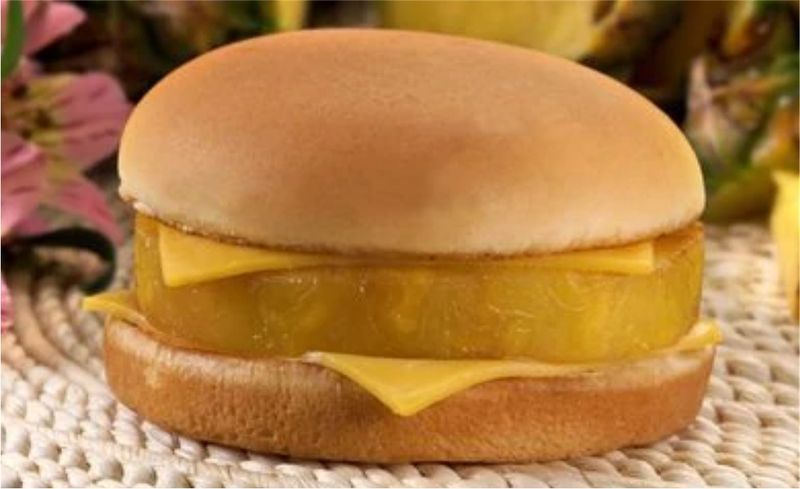
The Hula Burger was McDonald’s attempt to cater to meatless customers with a unique blend of grilled pineapple and cheese. Aimed at Catholic consumers abstaining from meat, it missed the mark culturally. Despite its innovative approach, consumers rejected it, and the item vanished swiftly from the menu. The Hula Burger highlighted the delicate balance between creativity and cultural resonance. While it represented a bold move toward inclusivity, it failed to capture the hearts of consumers. This brief experiment in menu diversity underscored the importance of aligning product offerings with consumer expectations and cultural sensitivities.
10. McDonald’s McDLT
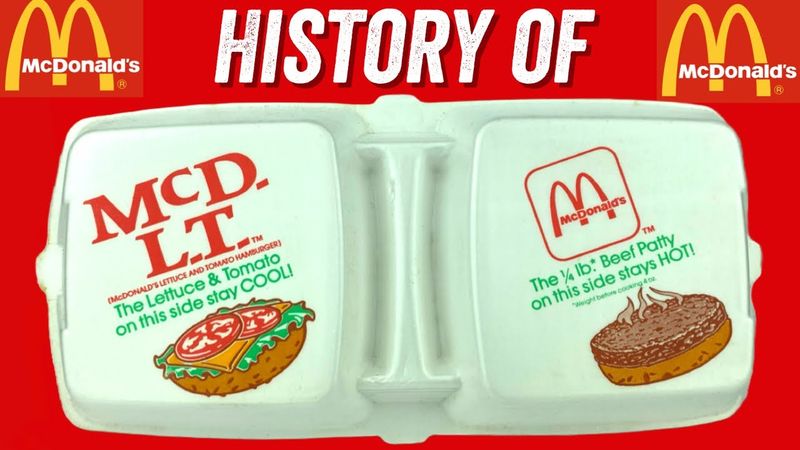
The McDLT aimed to revolutionize the burger experience with its dual-compartment box keeping the hot and cold elements separate. Introduced in the 1980s, it faced logistical and environmental challenges. While innovative, the packaging became a burden due to its bulkiness and environmental impact. Customers found the concept intriguing but impractical for everyday consumption. The McDLT’s journey was cut short by its own ambition. Despite its novelty, the item was discontinued, serving as a reminder of the importance of balancing creative concepts with practical implementation in the fast-food industry.
11. McDonald’s fitness-tracker Happy Meal toy
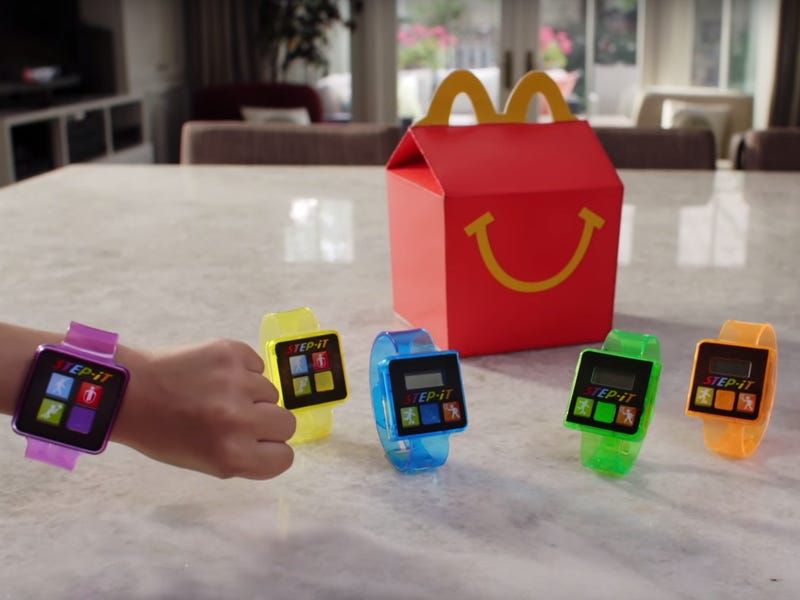
In 2016, McDonald’s introduced a fitness-tracker toy with Happy Meals, aiming to promote active lifestyles among children. However, the accessory faced recalls after reports of burns and blisters. The pairing of fitness gadgets with fast food drew criticism for its contradictory messaging. Despite initial enthusiasm, the toy’s safety concerns overshadowed its intended benefits. McDonald’s response highlighted the delicate balance between innovation and consumer safety. The incident underscored the need for thorough testing and alignment of product offerings with brand values, emphasizing the importance of prioritizing customer well-being above marketing strategies.
12. McDonald’s Super Size Fries & Drinks
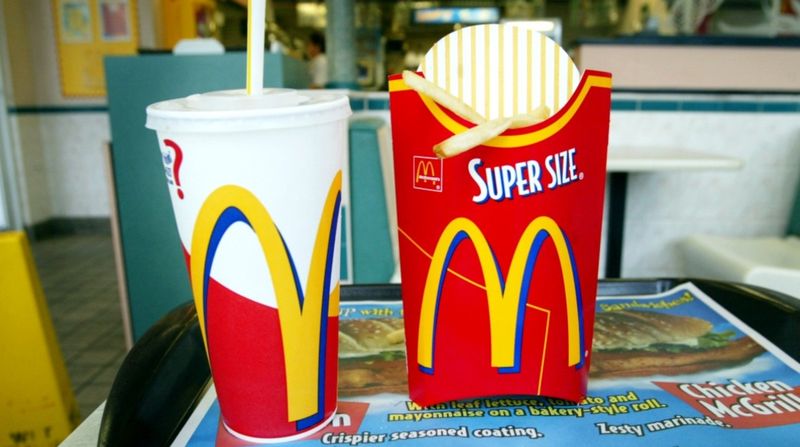
In 2004, McDonald’s made headlines by ditching their Super Size option. This move followed intense criticism from health advocates who linked the oversized portions to the growing obesity epidemic. The Super Size Fries & Drinks, once a staple for those seeking the ultimate fast-food indulgence, faced backlash as public awareness of health issues grew. Despite its popularity among certain customers, McDonald’s took a stance to promote healthier choices. The decision was part of a broader effort to revamp the menu and address nutritional concerns, marking a significant shift in the fast-food landscape.
13. McDonald’s Shrek-themed glasses
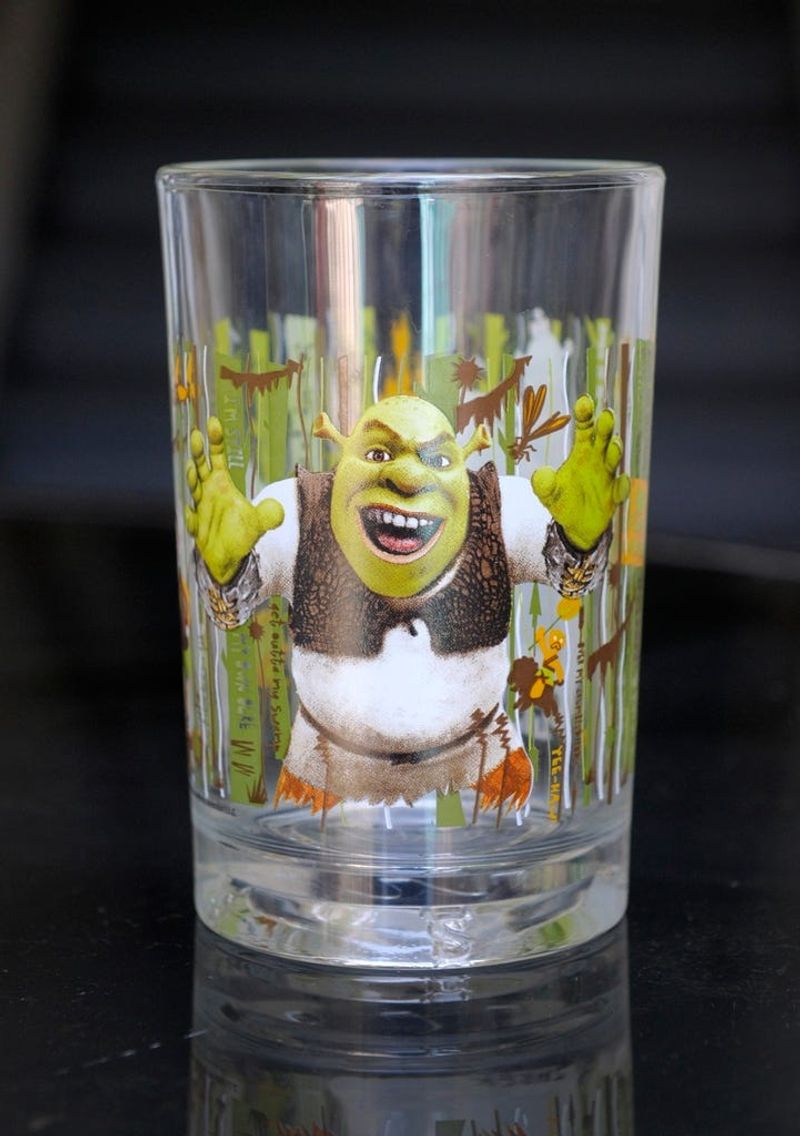
In 2010, McDonald’s Shrek-themed glasses became a safety concern due to cadmium in the paint. The recall affected about 12 million units, posing a risk to children. The glasses, intended as a fun collectible, turned into a public relations challenge. Despite their popularity, the health risk overshadowed the promotion’s intent. McDonald’s swift action demonstrated the importance of vigilance in product safety. The incident serves as a cautionary tale for brands, highlighting the need for rigorous testing and compliance with safety standards to protect consumers, especially when dealing with items targeted at children.
14. McDonald’s apple slices
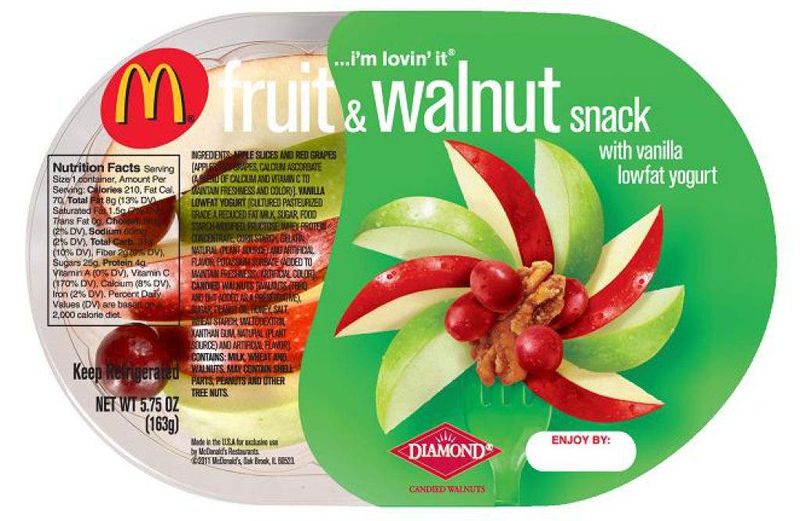
McDonald’s introduced packaged apple slices in Happy Meals to promote healthier options. However, in 2010, they were removed and recalled across 36 states due to listeria contamination concerns. The recall highlighted the challenges of maintaining food safety in pre-packaged produce. Despite the intention to offer nutritious choices, the incident underscored the complexities of managing food quality. McDonald’s response reflected a commitment to consumer safety, emphasizing the importance of stringent quality control measures. This experience serves as a reminder of the intricacies involved in balancing health-focused offerings with stringent safety standards.
15. McDonald’s Sweet ’N Sour Sauce (Ireland)
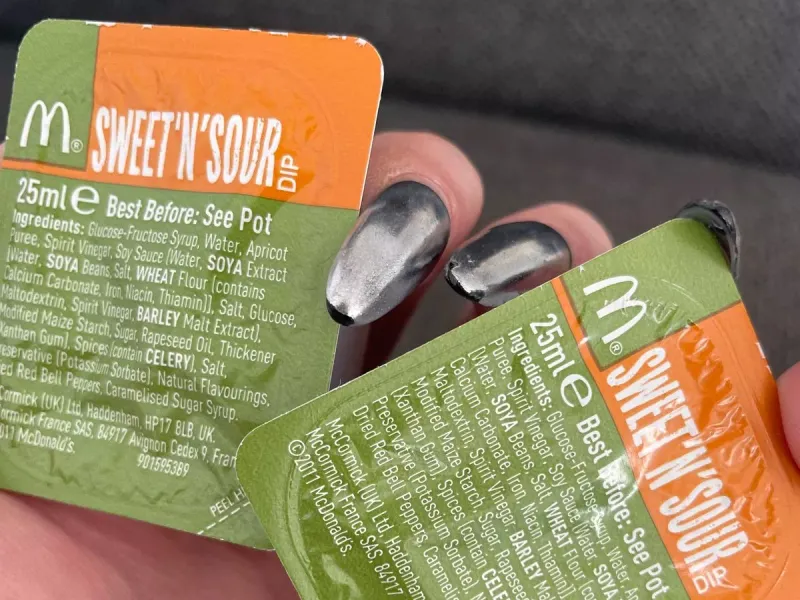
In 2021, McDonald’s Sweet ’N Sour Sauce in Ireland faced recall after it was discovered to contain mustard, an undeclared allergen under EU food labeling rules. The oversight led to potential health risks for individuals with allergies. The incident highlighted the importance of accurate labeling and ingredient disclosure. While seemingly minor, such errors can have significant consequences. McDonald’s response was swift, emphasizing the brand’s commitment to transparency and consumer safety. The recall served as a reminder of the critical role labeling plays in protecting consumers and maintaining trust in food products.
16. McDonald’s Chicken McBites (New Zealand)
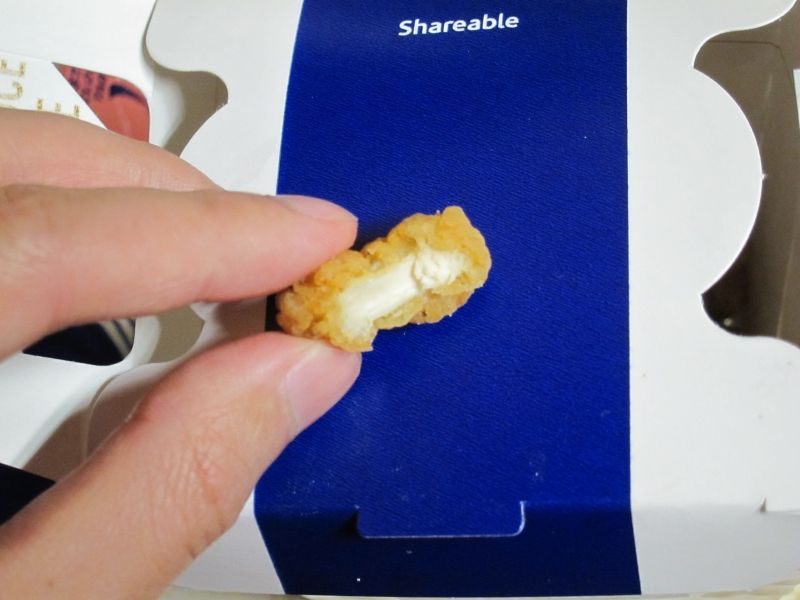
In 2022, McDonald’s Chicken McBites faced removal from menus in New Zealand following social media reports of undercooked chicken. The reports sparked concerns over food safety, prompting the chain to take precautionary action. The small, bite-sized pieces were intended as a convenient snack option but faced scrutiny due to safety issues. McDonald’s swift response underscored the importance of maintaining rigorous quality standards. The incident highlighted the power of social media in shaping consumer perceptions and holding brands accountable. It served as a lesson in the importance of proactive measures to ensure food safety.

